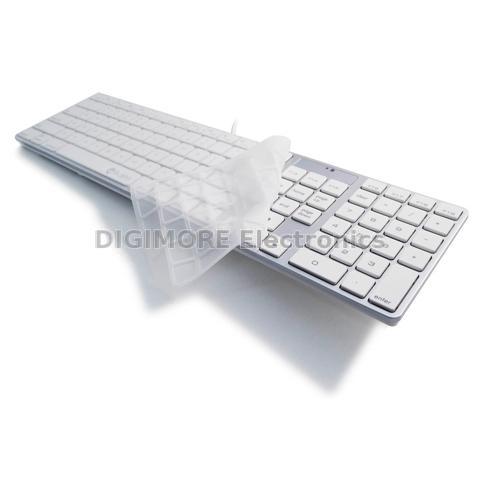

#CORDED MAC COMPATIBLE KEYBOARD PC#
It was first released for a terminal in 1985, and for PC XT and AT machines in 1986. The result was the 101-key IBM Enhanced Keyboard. They also looked at popular designs from competitors, like the DEC LK201, a terminal keyboard that popularized the inverted-T arrow key layout.

They considered usability studies, ergonomics, and consumer feedback. He told me that between 1983-1984, IBM assembled a 10-person task force to address the criticisms of the original keyboard, so they could produce a much better replacement. Years ago, I had an email conversation with IBM veteran David Bradley, who worked on the original IBM PC. Otherwise, it was a beast of a unit-heavy and durable, with a buckling spring keyswitch design that gave it an industrial feel. Reviewers generally admired it, but some criticized elements of its layout and a few awkward key shapes. The 1981 IBM PC came with an 83-key keyboard (commonly known as the “Model F”). Origins of the Model M An IBM patent diagram of the buckling spring actuator in use. Here’s why I’ll never give up its clicky keys and ideal layout. In a world where rapidly changing technology feels increasingly disposable, one thing remains constant in my computer setup: my 34-year-old IBM 101-key Enhanced Keyboard, commonly known as the Model M.


 0 kommentar(er)
0 kommentar(er)
